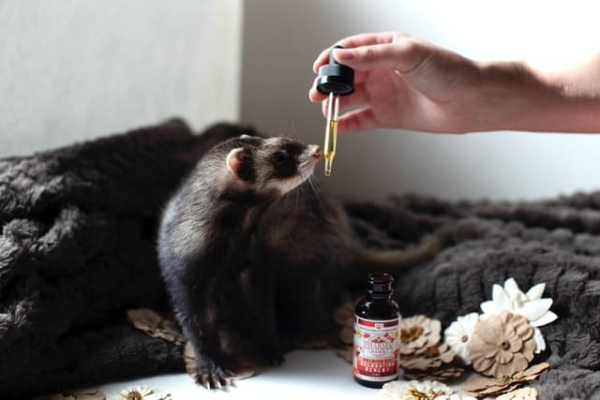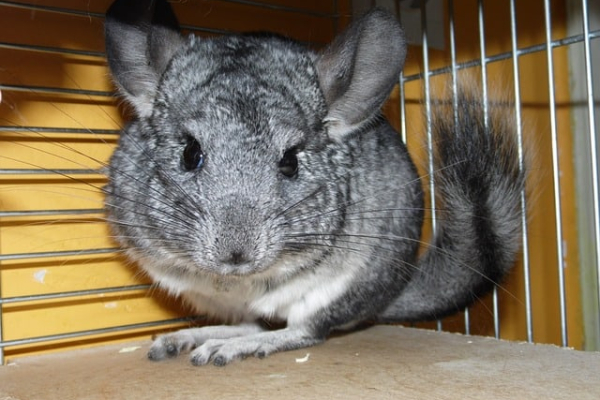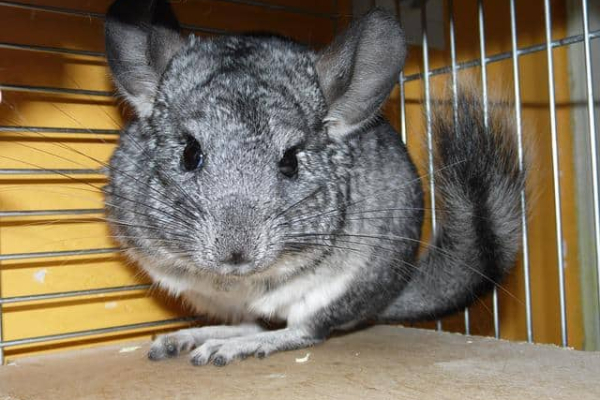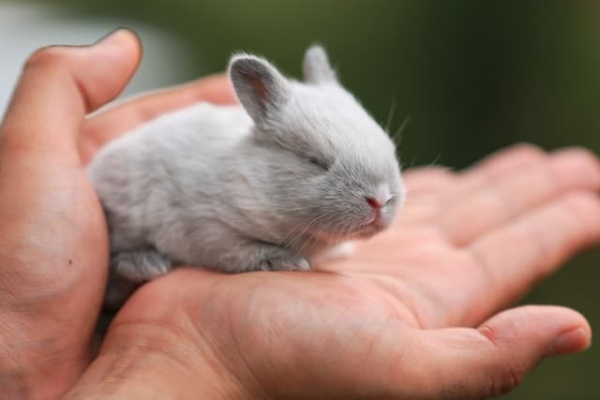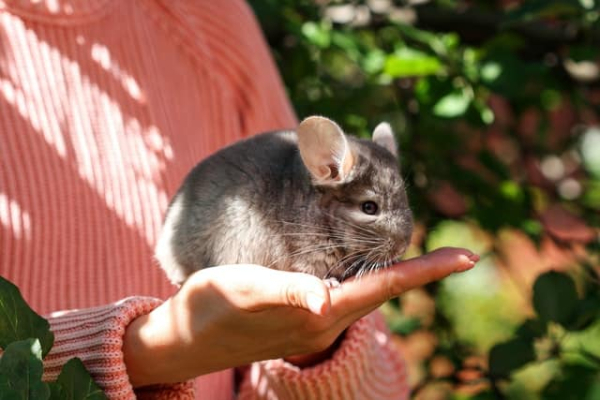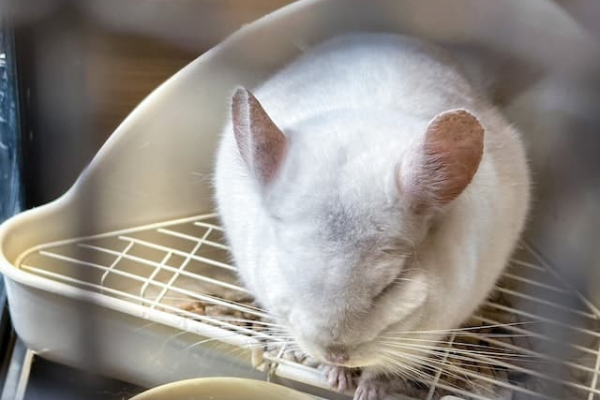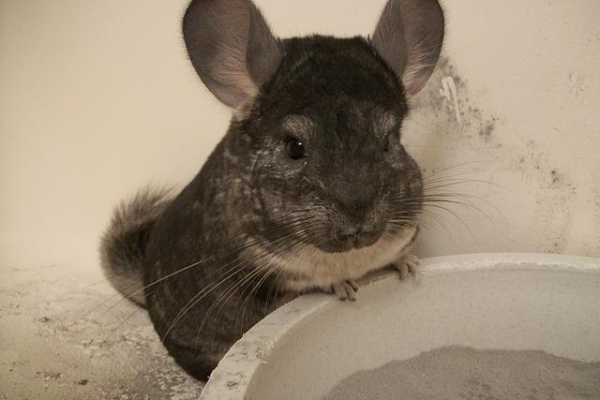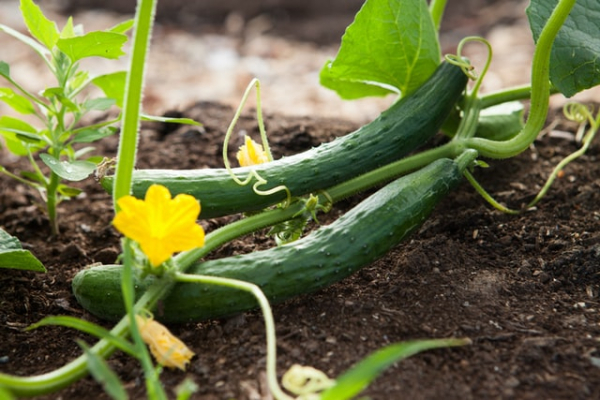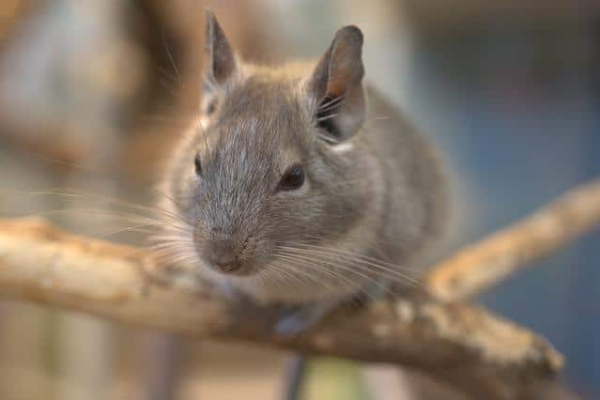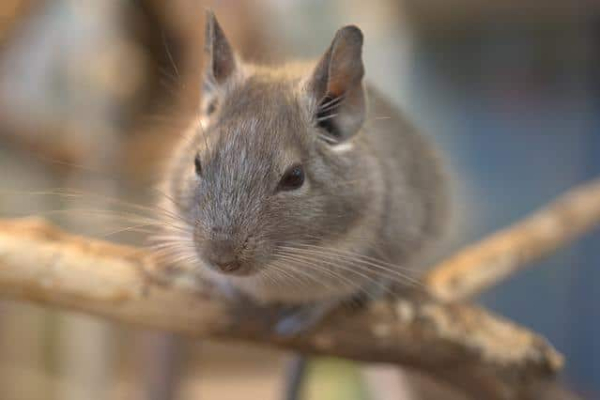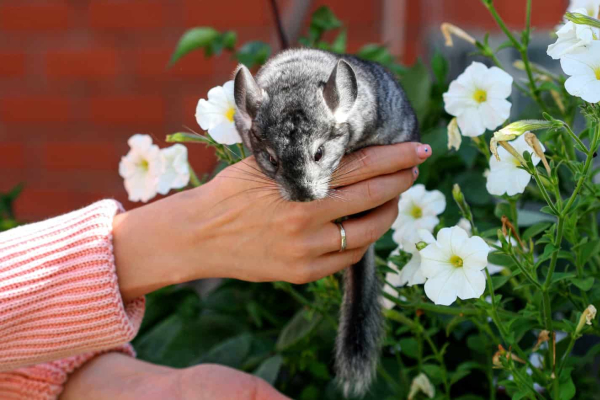
With the right hand or, better, the left? Or maybe both, or perhaps only one? Well, some that like it less and some that tolerate it, I guess it depends on the disposition of the little furry companion itself. Generally, there is a belief that chinchillas don’t like cuddling and carrying.
[toc]
And in most cases, it’s true. Some of them don’t even allow themselves to be stroked. Therefore it is best not to make them happy by force and only take them in your arms when they want to use them themselves, e.g., to get from the shelf to the couch,
Chinchillas are very lively and shy rodents. By nature, they will never feel comfortable in the hands of a human. What is more, holding or stroking them can be unpleasant, and they can get angry. Therefore, having a chinchilla in your arms is nothing pleasant for him, so we should try to limit the carrying of our little capricious companion to a minimum. Unless it wants to climb up by itself, it will give a hint to you.
Chinchillas are very jumping rodents. Their front paws have 4 toes and are very helpful during eating. The back feet are much more massive and robust. Combined with their tail, they are an excellent aid in escaping from a predator or other threat from us. Catching the pet, especially when we want to drive it to the cage, is a big challenge.
Then you need to work out a good plan, preferably if there are not many things or furniture in the room behind which a chinchilla can hide. Catching this jumping rodent, we have to be careful not to hurt it, e.g., by too strong squeezing (by its belly) or by sudden jerking the tail.
Handling chinchillas the right way

Improper gripping can increase the discomfort it causes our little companion. Holding and carrying him causes pain, and doing so can disrupt your relationship with your pet and expose you to problems with the life or mental health of your little companion.
Methods of keeping a groomer
Grasp

With one hand, we support the belly and neck of the animal. On the other hand, we use the wrist to stabilize the heavy trunk. In this position, the animal is slightly more stressed (tail straightened upwards) than in the same place but closer to the carer’s body.
Basket
An excellent method that works well only with small chinchillas. This is an excellent method that only works with small chinchillas.
Throne

Use one hand to support the lower part of the chinchilla’s body and the other to stabilize the body so that the animal can rest its paws on our hands. This is one of the best techniques for holding chinchillas because the animal is adequately supported and is close to the caregiver. Its body is directed straight to the environment, so the animal can observe it freely.
Boat
Place the hand in the shape of a semicircle, supporting the whole body of the chinchilla on the inside of the forearm. On the other hand, cross it to cover the entire back of the chinchilla.
Mouse koala
Hug the chinchilla to yourself with one hand, resting its lower legs on your chest, while its head and front should rest on your shoulder. Use both hands to stabilize the chinchilla so that it cannot jump off suddenly. This method is only suitable for tame and calm chinchillas.
Mistakes in holding chinchillas

Behind the tail
This technique of keeping chinchillas is mainly used by farm breeders. They do not care about building deeper relations with the chinchilla but only about the good presentation of its fur. You should rest the chinchilla on the outside of your hand so that you do not ruffle the delicate fur of the chinchilla.
On the other hand, you catch the animal by the tail shaft. There is also a version of direct catching of chinchillas at the base of the tail, without any hand support. Such catching of chinchillas is not allowed, especially by enthusiastic breeders.
You cannot catch chinchillas this way if you want to build a positive relationship with the animal. Holding a chinchilla by its tail cannot be compared to acquiring a human by the hand. For chinchillas, the bottom is quite an intimate part of the body, which cannot be compared to any human limb.
We can say it is such intimacy as if a stranger touched us on the neck. And while we do not feel embarrassed when someone grabs us by the hand, it will already be a bit strange for us after touching the neck. This is how our little companions may feel.
By the neck
A method of grabbing a piece of skin on the neck of an animal with the fingers or whole hand.
This way (especially when done without feeling) should not be done, and we should not practice it. Chinchilla is much more frightened than when its tail holds it. The only exceptions are young chinchillas, which their mother transfers this way.
Without the support of the other hand

In every correct technique, we must support the heavier part of the chinchilla’s body so that it does not hang down heavily.
Summaries
Special care should be taken when catching small chinchillas. Because of their size, you can see them with one hand, but I don’t recommend catching them by the tail because it is very delicate – here, it is worth catching by a handkerchief (if someone is afraid of hurting it).
If you don’t feel like grabbing the chinchilla by its tail or bare hands, you can use a handkerchief or a towel. You should then embrace the chinchilla from above, gently sliding your fingers between its front and back paws. It is important not to do it by force. You can also use the “for food” trick – pour food into a bowl and put it in the cage. I also catch my cones on fresh hay, the smell of which attracts very effectively.
Before buying an animal, we must know that taking care of domestic chinchillas requires some work from the owner. Chinchillas are not suitable animals for a small child or an inexperienced breeder. The domestic chinchilla is very delicate and sensitive to changes. Before you decide to get a chinchilla for your home, you should know that:
Chinchillas do not like to be stroked or held
- they are nocturnal animals, sleep during the day, and do not like to be disturbed
- They are very active animals that need a lot of exercises. Released from their cage, they can cause damage to the house by dropping random objects on the floor.
- They are herd animals, so it is good to buy at least two specimens at once.
- These animals do not like to be alone. If our chinchilla is lonely, it can lead to depression, lethargy, or even death.
Note of caution

Before you decide to breed chinchillas at home, you need to check a few things. It is worth looking at:
- the rodent’s eyes – they should be of one color, they shouldn’t be inflamed and teary,
- fur – fur should be shiny and evenly spread. There shouldn’t be any bald spots on pale pink skin
- paws – the skin shouldn’t be dry and cracked,
- ears – they should not be red, hot, and cracked.
Home bred chinchillas – feeding

Choosing the right food for chinchillas bred at home is extremely important. In pet stores, you can find granulated food which provides appropriate nutritional components. Pet chinchillas have very delicate stomachs, and any sudden change in feeding may have serious health consequences.
When we change the food, we should gradually mix the old and the new one in suitable proportions until the organism gets used to it and allows us to use only the new food. Chinchillas should not be fed
- fresh vegetables and fruits with rare pulp (they cause life-threatening flatulence!)
- sweets
- nuts (they are too fatty)
- high-protein products
- Cereals
- Alfalfa hay.
The basis of the diet is hay. It should make up about 60%, herbs 33%, and other food 17%. The best food is pellets because there is precisely the same thing in each bullet. The chinchilla doesn’t choose what it thinks is the tastiest, so it gets everything it needs. The correct ratio of calcium to phosphorus in the diet is 2:1.
If the calcium is 0.7 on the food package, the phosphorus must be no more than 0.35. Hay is essential because it contains a lot of fiber, making the prolonged food chewing. Long chewing contributes to proper tooth abrasion. Fiber also stimulates intestinal peristalsis.
Home chinchilla – care

Chinchillas should not be bathed in water. Their dense fur cannot dry naturally, so it can quickly develop fungus and even rotting fur. If a chinchilla accidentally gets its fur wet, it should be dried as soon as possible with a towel, then drained with a paper towel and dried with a hairdryer from a suitable distance on a gentle, cool fan.
The cage of the chinchilla must have a pool for dust baths. Animals roll in ground pumice during such baths, thus getting rid of dirt. The best is sepiolite sand. Fur after such a bath is soft and pleasant to the touch.
The container intended for bathing should be placed in the cage only for the time of bathing, i.e., no longer than 15-20 minutes. If you leave it in the cage after that time, chinchillas can use the container as a litter tray. If the dust is still clean and free of droppings after the bath, it can be used again.
Chinchillas should be bathed at least twice a week, but you can also put the container in every other day. We put 2-3 cm of sand into the container and changed it after 4-7 baths. Of course, we constantly check the state of soiling by possible excrements.

